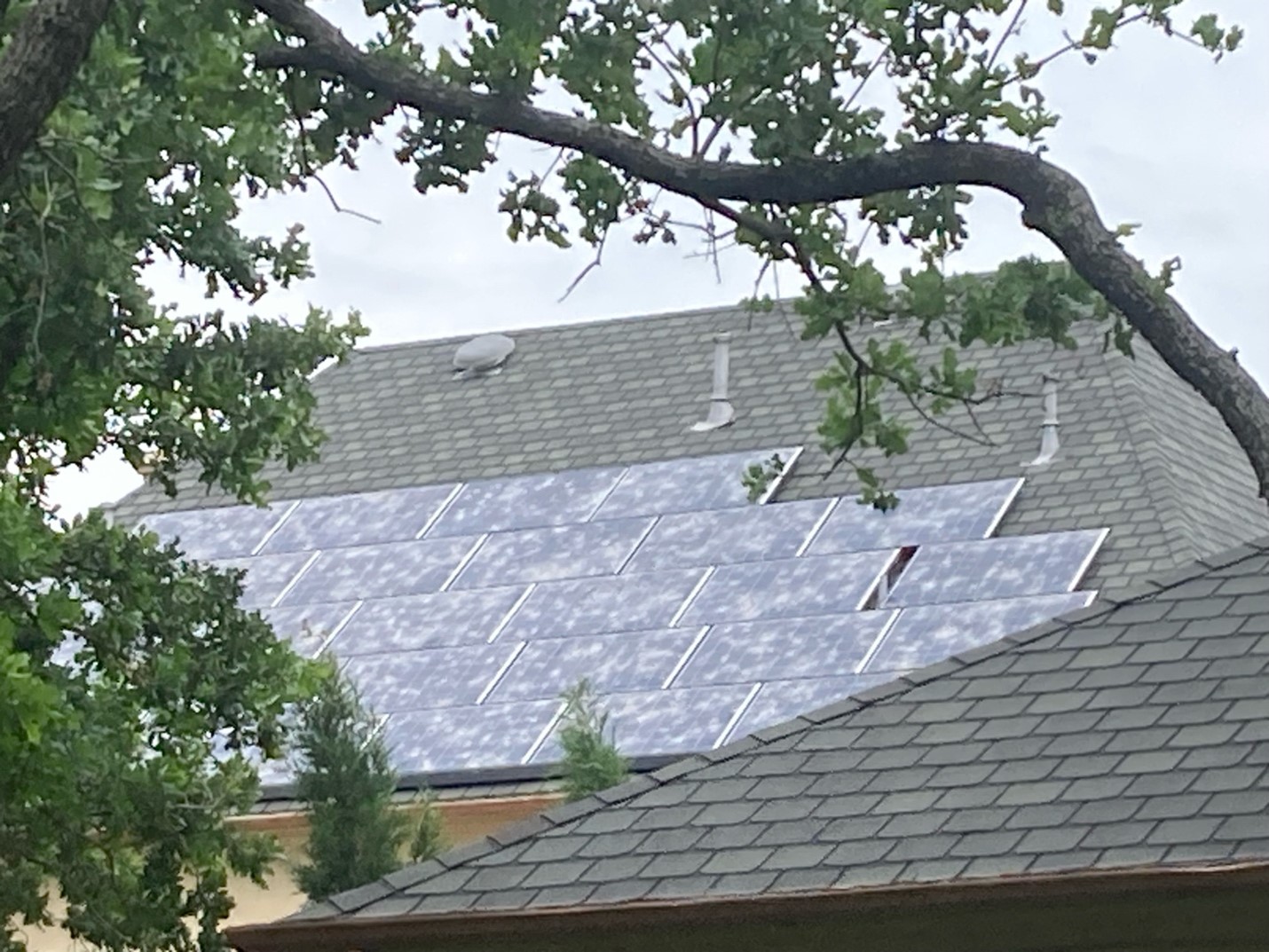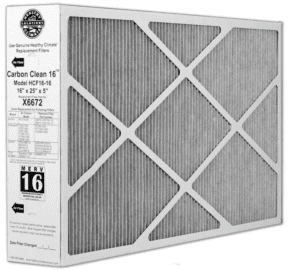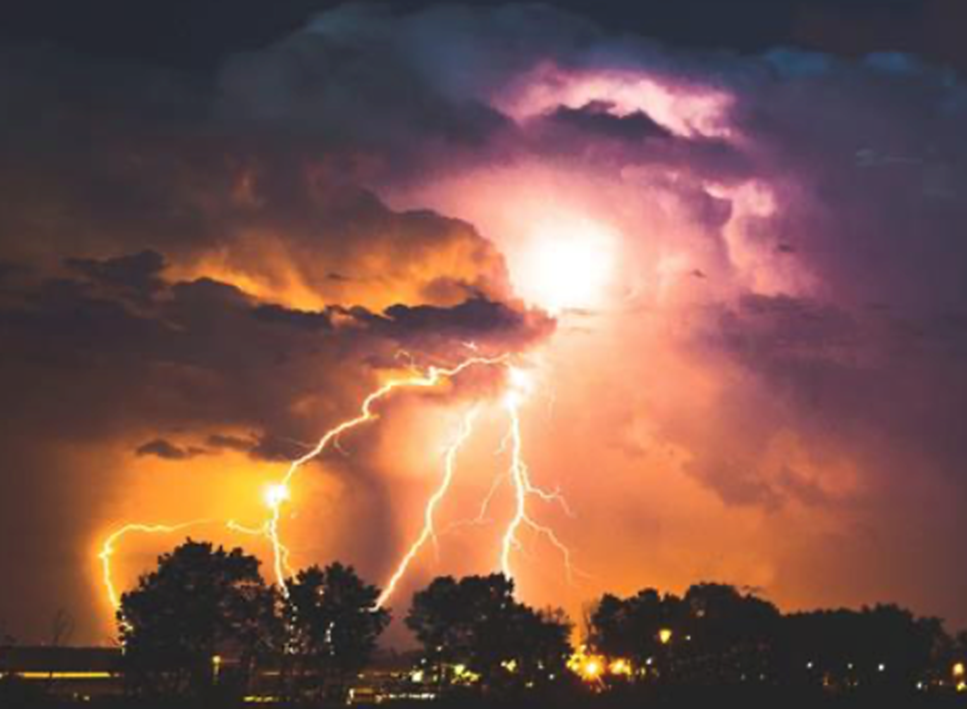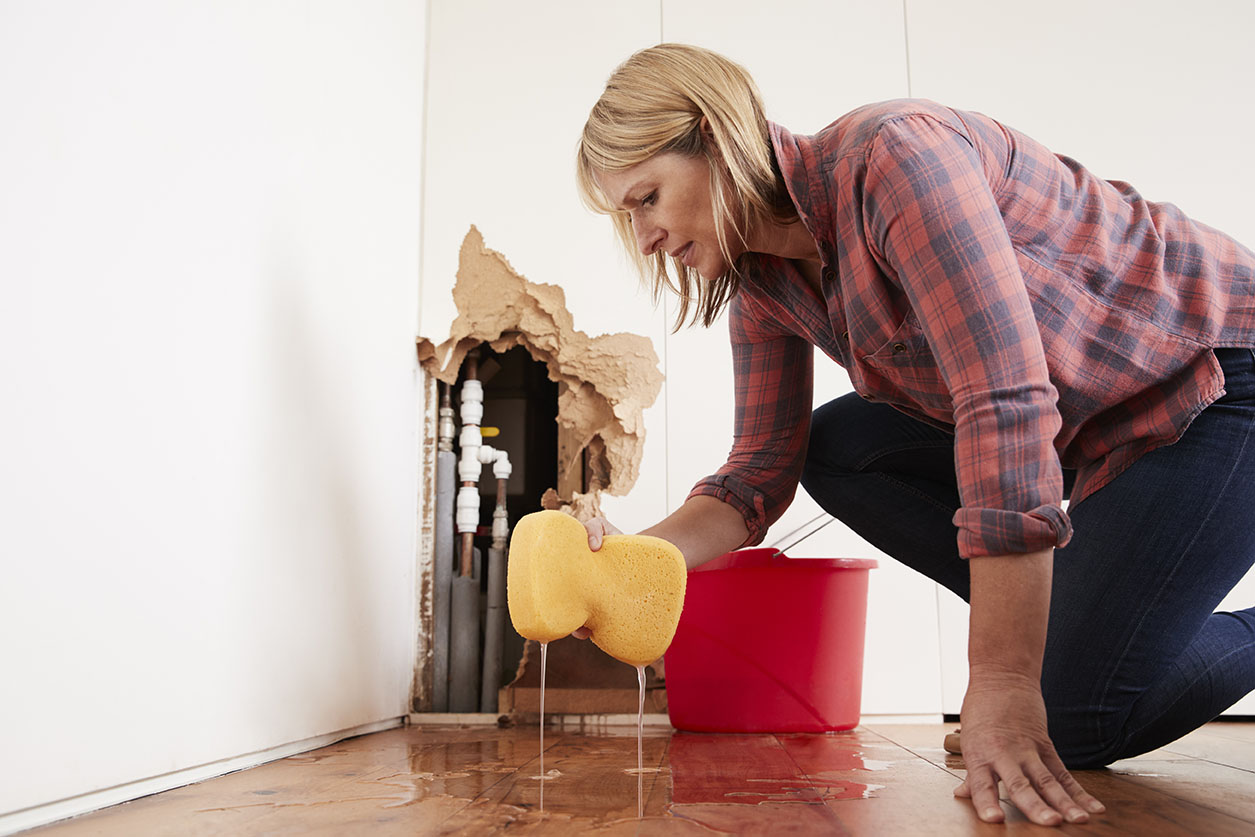
In the wake of the recent major storm that swept through the Dallas-Fort Worth Metroplex, homeowners and commercial property owners are left with the daunting task of assessing potential damage to their roofs. Storms of this magnitude can cause significant damage, from dislodged shingles to structural impairments, making a thorough roof inspection crucial.
Before you open the door to the next roofer knocking, it’s essential to understand the condition of your roof and know what options are available if repairs or replacements are necessary. ARIEL Inspection can help take the worry out of this process by providing an unbiased inspection report that is not tied to any roofing company trying to pressure you into costly replacements.
The Importance of Post-Storm Roof Inspections
Identifying Hidden Damage
Storm damage isn’t always immediately visible. High winds, hail, and flying debris can cause subtle but significant damage that may lead to leaks and structural issues down the line. An expert inspection can uncover these hidden issues before they escalate into more costly repairs.
Insurance Claims
An accurate and detailed inspection report is invaluable when filing an insurance claim. Insurance companies require clear evidence of damage to process claims efficiently. ARIEL Inspection provides comprehensive reports that meet insurance company standards, ensuring you have the documentation needed to support your claim.
Avoiding Scams and Pressure Sales Tactics
After a storm, it’s common for roofing companies to canvass neighborhoods, offering free inspections and pushing for immediate repairs or replacements. While some may be legitimate, others might use high-pressure tactics to sell unnecessary services. By obtaining an independent inspection from ARIEL Inspection, you can make informed decisions based on unbiased assessments, avoiding the risk of being pressured into premature or unnecessary work.
ARIEL Inspection: Your Trusted Partner
State-of-the-Art Technology
At ARIEL Inspection, we use the latest infrared and high-resolution drone technology to conduct thorough roof inspections. Our advanced equipment allows us to capture detailed images and identify issues that might not be visible to the naked eye. This technology ensures a comprehensive evaluation of your roof’s condition, providing you with the most accurate information possible.
Comprehensive Inspection Reports
Our inspection reports are detailed and easy to understand, including high-resolution images and infrared data that highlight areas of concern. These reports are not only useful for your records but are also designed to meet the requirements of insurance companies, streamlining the claims process.
Unbiased Evaluations
As an independent inspection service, ARIEL Inspection has no affiliations with roofing companies. Our goal is to provide you with an honest assessment of your roof’s condition without any ulterior motives. This impartial approach ensures that you receive a fair and accurate evaluation, allowing you to make informed decisions about necessary repairs or replacements.
Steps to Take After the Storm
- Schedule an Inspection: Contact ARIEL Inspection to schedule a comprehensive roof inspection as soon as possible.
- Review the Report: Once the inspection is complete, review the detailed report to understand the extent of any damage.
- File an Insurance Claim: Use the inspection report to support your insurance claim, ensuring you have the necessary documentation to expedite the process.
- Find a Qualified Roofer: If repairs or replacements are needed, use the information from the inspection report to find a reputable and qualified roofer. Avoid making hasty decisions based on pressure from unsolicited contractors.
In the aftermath of a major storm, ensuring the integrity of your roof is critical to protecting your property and investment. ARIEL Inspection offers a reliable and unbiased solution for assessing storm damage, providing you with the peace of mind and confidence needed to navigate the repair process. Don’t let the aftermath of the storm leave you vulnerable—contact ARIEL Inspection today and take the first step towards restoring and safeguarding your home or commercial property.
For more information or to schedule an inspection, contact us or call us direct (972) 400-5800 Let us help you protect your roof and your peace of mind



 Hail can pose a significant threat to both residential and commercial solar installations. By understanding how hail damages solar panels and knowing the signs that indicate replacement is necessary, you can ensure the longevity and efficiency of your solar energy system. Regular inspections and timely replacements not only protect your investment but also ensure continued performance and safety. For tailored advice and solutions, consider consulting with a professional solar technician who can provide a detailed assessment based on your specific installation.
Hail can pose a significant threat to both residential and commercial solar installations. By understanding how hail damages solar panels and knowing the signs that indicate replacement is necessary, you can ensure the longevity and efficiency of your solar energy system. Regular inspections and timely replacements not only protect your investment but also ensure continued performance and safety. For tailored advice and solutions, consider consulting with a professional solar technician who can provide a detailed assessment based on your specific installation.

 Let’s discuss air quality inside your home. Those with difficulty breathing due to illness or allergies will want to read more about MIRV rating prior to selecting a filter for your home.
Let’s discuss air quality inside your home. Those with difficulty breathing due to illness or allergies will want to read more about MIRV rating prior to selecting a filter for your home.
 Expertise, reliability, and comprehensive approach of our medical building inspection services in the DFW Metroplex.
Expertise, reliability, and comprehensive approach of our medical building inspection services in the DFW Metroplex.

 Avoiding Roof Damage
Avoiding Roof Damage Tie Down Loose Objects
Tie Down Loose Objects Keep Tools Handy
Keep Tools Handy Family Safety
Family Safety We know the storm will pass, the sun will come out… and with these few precautions you and your family will be safe.
We know the storm will pass, the sun will come out… and with these few precautions you and your family will be safe.
Recent Comments